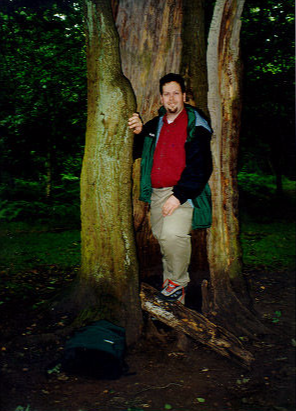
Shocking headings - Robin Hood is gay
Additional photos of this 1999 holiday at Robin Hood sites can be found at my Picture Gallery.
[Most of the words that follow were written in 1999 -- not long after the events described. The previous page recounted my first 1993 trip to the locations associated with Robin Hood. Between 1993 and 1999 I picked up a second university degree (journalism) and started working full-time. I had also started my Robin Hood website in 1997 and attended the first Robin Hood academic conference that year. That was to begin a long association with Robin Hood academia and the main reason for this trip. A trip that started with some shocking news.]
It was 4 am in Hamilton, Ontario on July 12, 1999. I had spent the night at my mom's, and we were just about to head out the door and to the airport for my second trip to Britain. The local newspaper, the Hamilton Spectator, had arrived. Imagine my shock when the front page carried a story about Robin Hood.
Robin Hood was gay, the article claimed. It also claimed this theory originated with and was supported by two men who I greatly respect. I was suspicious, but I knew in a few days we'd be attending the same Robin Hood conference, and I could find out more. It was an ironic start to my return vacation.
Two days later I was in St. Pancras station in London. There I met a friend and colleague from previous conferences. On the train ride to Nottingham we exchanged articles about the "gay" Robin Hood.
On arriving in Nottingham, we went to Nightingale Hall, part of the University of Nottingham. The second International Conference of Robin Hood studies was about to begin. Click here for a conference programme. It was a chance to meet old friends and some new ones. I met a few professors who had been interviewed for the infamous gay piece. And then I was interviewed by the Nottingham Post -- mostly for a "scholars from around the world come to Nottingham" angle, but I also offered my two cents, less than one British penny, on the gay controversy. I'll share those thoughts with you. I think having Robin Hood as a defender of gay rights is a fine addition to the legend. The legend has changed so much over the years. As for whether a "real" Robin Hood or even the ballad Robin Hood was gay -- how should I know? I would soon learn that the Sunday Times and Reuters had exaggerated in their articles and taken quotes out of context. (I was quoted accurately in the Post, I might add.)
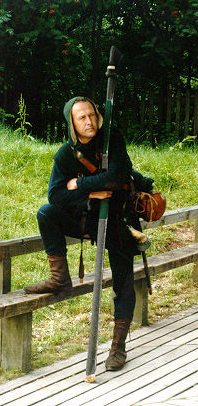
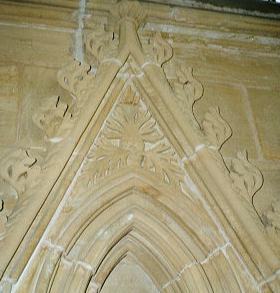
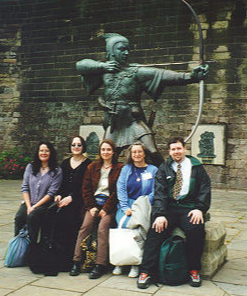
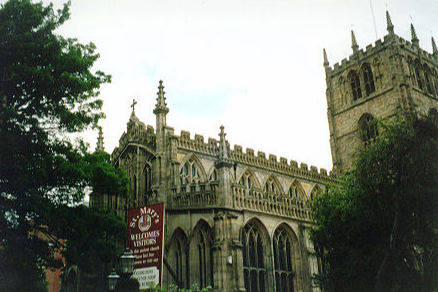
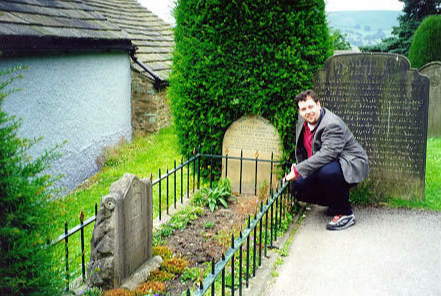
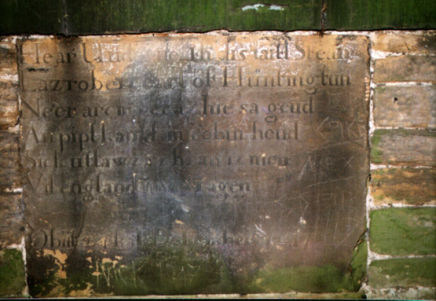
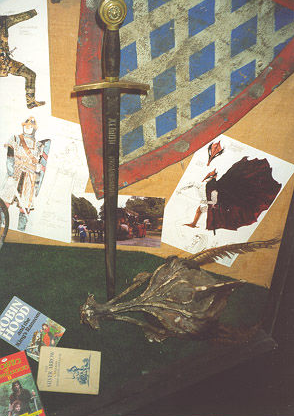
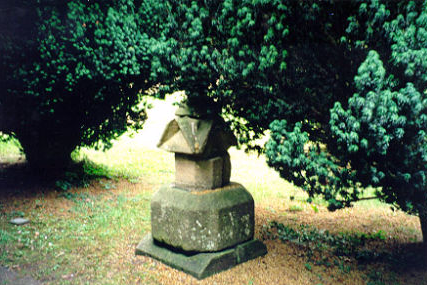
Contact Us